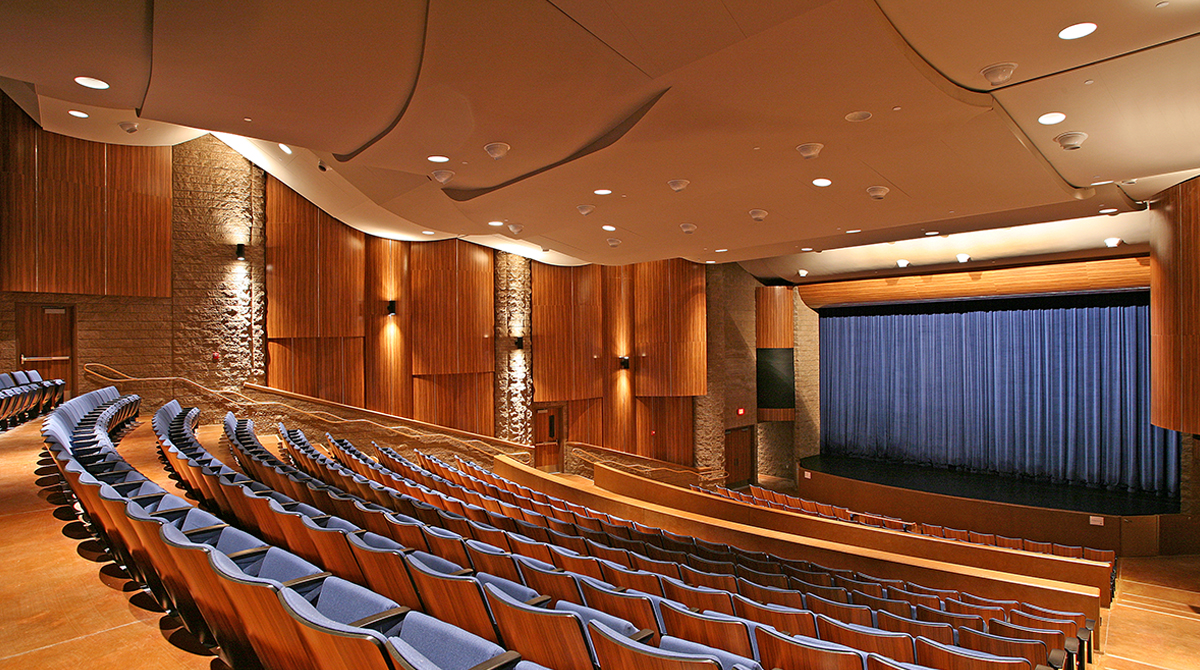
An acoustical layout is the diagram presentation of the behaviour, impact, diffusion, absorption and enhancement of sound in a closed environment. There are two main types of sound - impact sound (vibration created with the movement of objects) and airborne sound (that transmits from air to ear). The management of such sounds to create the desired result is called acoustics. This is acquired by tactfully joining together Sound reflection, concentration, dispersion and masking. Although every object in an auditorium can contribute to altering the path of a sound wave, the special type of surfaces plays a distinct role in getting the speaker’s voice clearly to the audience. For example, convex outlines disperse the waves and concave outlines absorb the reflected waves. Absorbers collect the waves which prevent reverberation or echo. The diffraction is the squeezing or bending of the waves through an object. Masks, partitions and sealants are used to isolate the interior from the outdoor noise. All these objects, their effect on the movement of sound and the expected result are presented on a drawing/diagram/picture which is called as the acoustical layout. It also shows how the speech of the speaker, which is an airborne sound, will reach its audience. It is a computerised/digital projection that helps in understanding faults and correcting them before the project is implemented. An acoustical layout shows the audibility of sound in the audience from different points in the auditorium and the stage.